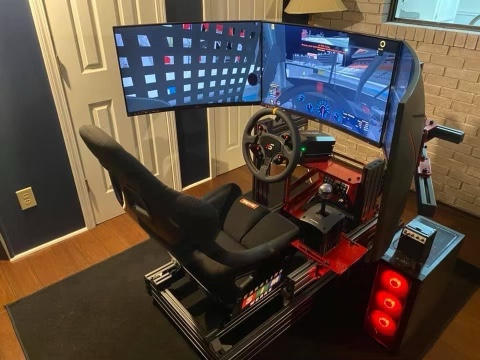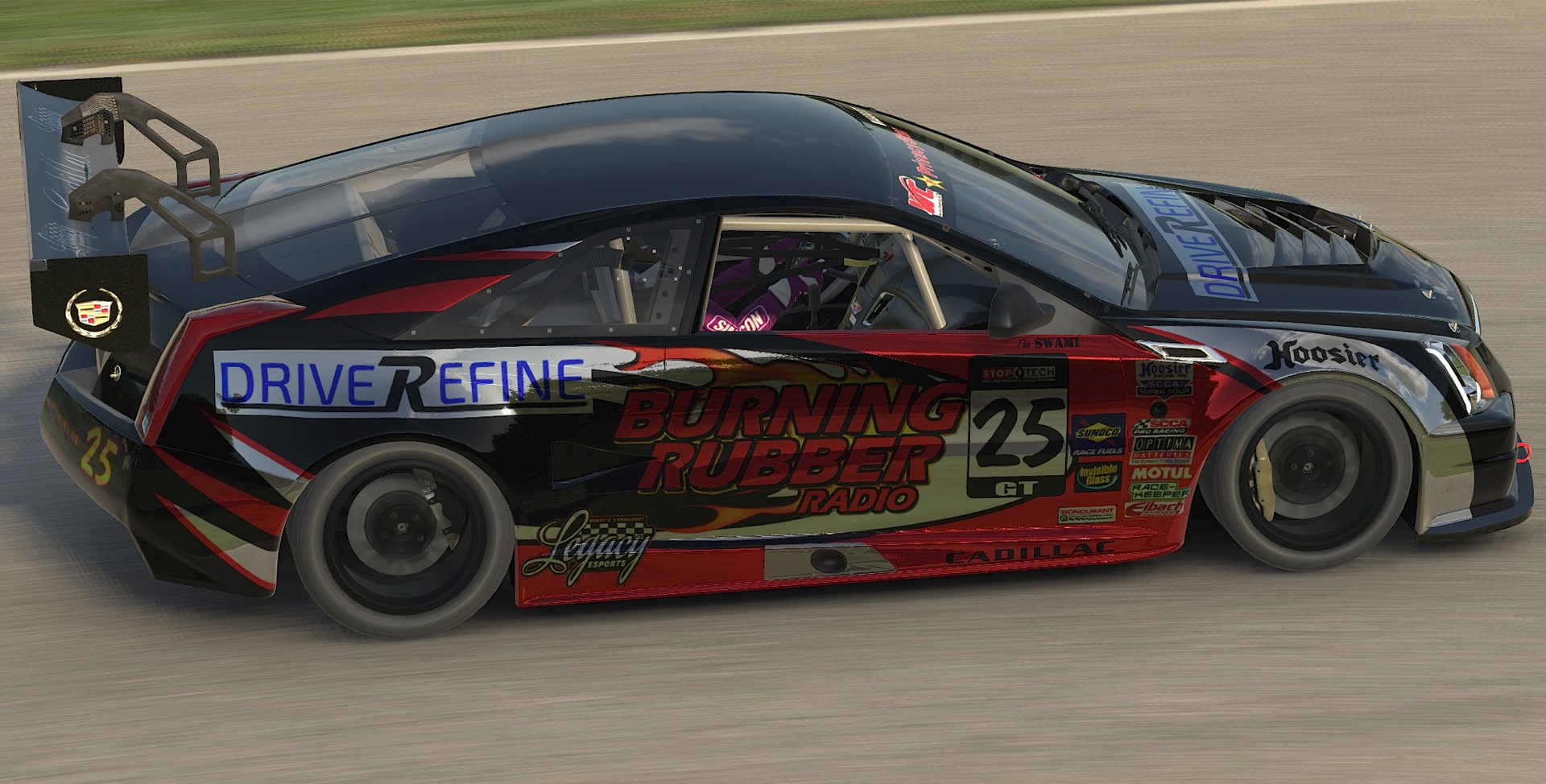We are going to start this blog off with the definition of “caster” as defined and explained by Longacre Racing Products.
“To understand caster you need to picture an imaginary line that runs from through the upper ball joint and extends through the lower ball joint. From the side view the imaginary line will tilt forward or backward. The tilting of this imaginary line is defined as caster. Caster is measured in degrees by using a caster camber gauge. If the imaginary line described above tilts towards the back of the car, at the top, then you will have positive caster. If the imaginary line tilts forward then you would have negative caster. Positive caster provides the directional stability in your racecar. Too much positive caster will make the steering effort difficult. Power steering will allow you to run more positive caster. Negative caster requires less steering effort but can cause the car to wander down the straightaway. For oval track racing most racers run more positive caster on the right side tire than on the left. The caster split helps pull the car down into the turn, helps the car turn in the center and helps it stay hooked up on exit. How much caster should you run? The amount and split depends on the type of car and track conditions. The details should be worked out with your car builder and through testing.”
Pretty simple right? Just a geometrical front end adjustment that can make the car “harder” or “easier” to steer. When split in an oval racing application, it makes the car “drive itself” down into the corner. Why is a blog about driving techniques talking about crew chief stuff? Well, the answer lies in the question.
I believe that caster is as important to the drivers feel as it is to the mechanical performance of the car. Is that the most controversial statement you’ve read today or what?
I consider caster an important adjustment for a driver because of what it can make the car do without much if any input from the driver, especially on corner entry. If you look back through our blogs about “Why you should run a go-pro camera” you will run across an example I give about watching driver's hands on corner entry and some of the common things I see. One of the most common things I catch watching a go-pro is drivers that are screaming about being tight in the center. I always watch their hands to see if they are loose on entry all. Most are but never talk about it unless its really really loose, like gotta change their underwear loose in. After going through this so many times I really wanted to find out why this was happening so frequently in younger or less experienced drivers. It can’t be that all of the young drivers just aren’t paying attention.
I started watching my own videos from inside the different cars I’ve driven, especially from testing days when I was full time in the NASCAR Camping World Truck Series. I poured through my notes, debriefs, and the data that I had. Finally, in my test notes from Pikes Peak Raceway, I found it. Caster.
We started out the day getting our baseline runs in and looking through data because this was one of my first big tests with RCR in my rookie year. We were ok speed wise but I was really struggling to put the truck where it needed to be in the center and it was killing my front tires and I hated how it felt. That of course made my exit speed lower and my overall lap time slower. We took a break to look through the data and I started comparing my steering input to the other drivers that were there. What I saw changed how I thought about caster from that day on. We were running a good amount of caster split so my truck was basically driving itself down to the center of the corner starting at the point that I let it off the wall. From my lift point to the apex, I had almost 0 steering input, when I got to the apex, I would go from 0 to my max steering input in a short amount of time. It wasn’t erratic but the fact was the tires didn’t want to be turned that much in that short amount of time.
I went to work and made adjustments to my track shape and entry arc. This helped a lot but I didn’t like the “feeling” of the truck driving itself into the center like it was. We decided to cut the caster split down to 1.5degrees of split. I'm not saying the next run was a new track record, but it felt like it! When I got full control of where the truck was headed on that long turn 1 entry, I fixed my issues in the center of the corner and that fixed my exit speed as well.
Reading all of this in my notes I immediately realized that some or most of these drivers were fighting something on corner entry that they had no idea affected them. Introducing Caster the Steering Ghost. I made tons of calls to regular DriveRefine clients and we started looking through videos and notes with their crew chiefs. There were huge results! Even if changes weren’t made, just making drivers aware of what was going on with their cars mechanically through the early part of the corner, gave them the confidence to make an adjustment to their line and not get coaxed into making an early or shallow entry.
Some drivers like to drive off of the feel they get from the front tires. Some drivers like to drive off of the feel they get from the rear tires. In oval racing that usually means the RF and RR because they are dealing with the majority of the load. If you are a driver (like me) that likes to feel the RF working all of the time, how do you think you will respond to a car that does all the steering by itself. Less steering input, less feel, less happy driver. Less caster split makes the driver turn the wheel more on entry and can give them more feel and thus more happiness. I sincerely hope your mind is blown and you are calling your crew chief right now to discuss this topic.
This is not meant to be a setup guide. I am not a crew chief but I do understand what parts of the car are tied to the drivers feel. I believe caster is one that is very commonly overlooked by drivers and crew chiefs. If you are having issues through the center of the corner, or if you know your issue is corner entry, watch your go-pro videos or better yet, fill out the contact form on the DriveRefine website and get signed up for the DriveRefine program so we can work through these issues and more together. I believe that positive steering input is important on corner entry for a number of reasons. I also believe for some drivers, feeling that positive input is vital to them running a perfect line and giving the most accurate and most useful feedback. Don’t be afraid of any ghost in your racecar, especially Caster. Now that you know where and how to look for him, you can make the adjustments that are needed for you as a driver and for your car.


